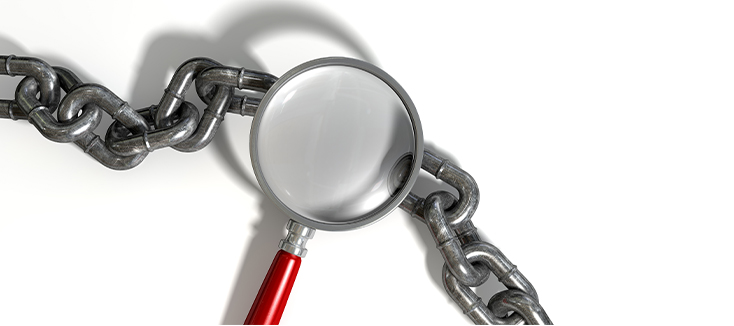Every healthcare facility strives to help patients achieve and maintain good health, but almost as important is preserving each patient’s privacy. In this age of instant information at our fingertips, technologies that retain all information on a patient procedure and make it easily transportable via thumb drive are very attractive. But are they compliant with laws and standards set by The Health Insurance Portability and Accountability Act of 1996 (HIPAA) and by accrediting agencies, like The Joint Commission (TJC)?
In short, any easily portable electronic device which contains patients’ electronic protected health information (ePHI) presents a significant threat to patients and your facility. HIPAA defines ePHI as any one of eighteen points of data concerning a patient. Among these are names, any dates related to an individual (including date of admission or discharge), medical record number, account number, and any other unique identifiers.
Despite this particular restriction, keeping records of disinfection events is vital. TJC requires each facility that high-level disinfects semi-critical devices to keep a processing log. The log must be a record of each disinfection event for each probe, listing probe number, test strip results (when necessary), immersion time, initials of the person reprocessing the device, and the date. The Centers for Disease Control and Prevention (CDC) also require a similar log, but require patient name and record number. The Society of Diagnostic Medical Sonography (SDMS) similarly calls for a log, but adds temperature of the disinfectant and patient identifiers to the list.
So, facilities must keep records of disinfection events, must have that information connected to patients, but cannot have that patient information available on a USB or thumb drive. This is where CS Medical helps make your life easy by providing you with both things you need to stay compliant with everyone. CS Medical provides solutions to allow records of disinfection events to be kept, while also protecting patients’ health information so healthcare workers can get back to focusing on patients rather than red tape.
TEEClean® Automated TEE Probe Cleaner Disinfector, the TD 100® Automated TEE Probe Disinfector, and the TD 200® Automated TEE Probe Disinfector all help achieve this goal.
TEEClean electronically stores over 15,000 cleaning, disinfection, and maintenance events for download to a USB. TEEClean does not request nor require any patient identifiers or exam record information to be input when reprocessing occurs, so it ensures that protected health information never makes it onto an easily lost or stolen USB stick. The information that can be gathered and stored on a USB is information that will simply help make audits more seamless while protecting patient privacy. But what about requirements from the CDC, SDMS, and others for this information to be paired with patient identifiers?
TEEClean, the TD 100, and the TD 200 all provide users with printouts immediately upon disinfection of a TEE probe. These printouts are to be retained in an HLD Documentation Log. The printouts can quickly and easily be stuck onto an adhesive strip located on each page. Then, patient information can be recorded on the page alongside the printout. In this way, patient information is linked to the probe used and disinfection of the probe, but patient privacy is protected and facilities can remain compliant with all the different requirements from each organization.
Helping your facility navigate through regulations and providing solutions to these pertinent issues is one of our priorities. We focus on the red tape so that you can focus on keeping our communities healthy and happy.


